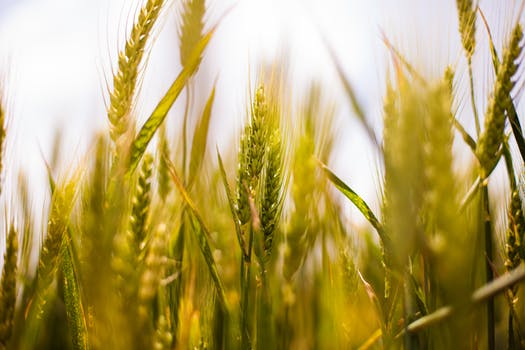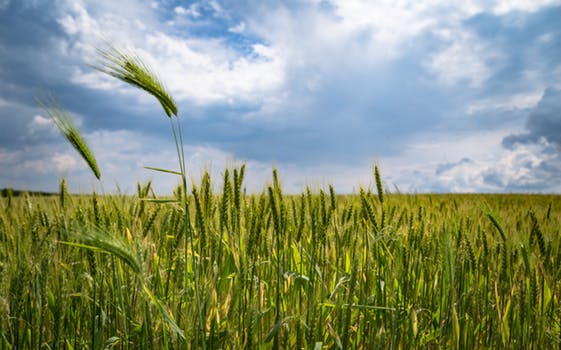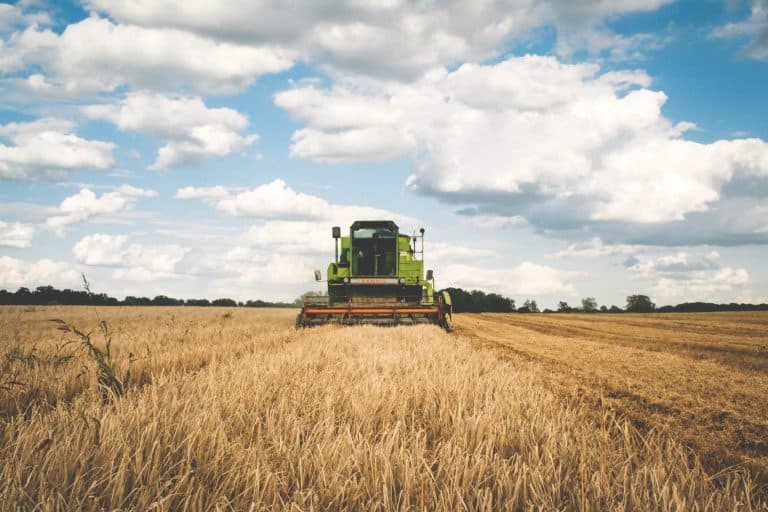Research & Innovation in the European Agri-Food Sector
Among all the challenges and concerns related to this sector, Food and Nutrition Security (FNS), has been emphasised more than ever due to its direct connection with consumers’ health and demands for safe and affordable food.
In the last blog post, we delved into the wide-ranging policies, strategies and reports that the EU has published seeking to address the increasingly urgent global challenges in agriculture. Those challenges: growing world population, imbalanced food access, malnutrition, food waste, insufficient rural workforce, climate change and environmental damage can be divided into two categories, productivity and sustainability.
The primary product that derives from farming and agricultural activities, agri-food, is the key topic and issue in current EU policy and action agenda. Among all the challenges and concerns related to this sector, Food and Nutrition Security (FNS), has been emphasised more than ever due to its direct connection with consumers’ health and demands for safe and affordable food. Before October 2016, there was no single EU consumer-focussed food regulation that had been proposed to address these concerns. We must look at the reasons why.
Firstly, although the need for greater investment in research and innovation in the food sector is acknowledged, the reality has been that R&I activities across Europe have been so fragmented as to hinder policy-makers and industry practitioners. European agri-food R&I has been divided into different subsets such as farming process improvement, farmer training, agricultural technology input and eco-system building. However, these highly fragmented R&I activities are supported through distinct EU funding instruments and led by different EC services.
Second, although the EU’s Common Agriculture Policy (CAP) sets an overall standard for European agriculture, it is one policy that addresses multiple issues relating to European farmers, food production, sustainable growth and climate action. Thus, the high degree of R&I fragmentation and low policy coherence is a main contributor to the decrease in the competitiveness of the EU food sector. It also shows the necessity for a single consumer-focussed food policy to integrate research and innovation with concerns over Food and Nutrition Security.

“..research and innovation identifies the circular nature of our food system, concentrates on breaking it down to individual stages, implements industry expertise and scientific breakthroughs with the goal of providing enough sustainable and high-quality food..”
The root causes of damages to our food value chain are well known– environmental pollution, food waste and climate change. But as a matter of fact, the vulnerabilities in our food chain might be more serious than is widely acknowledged. In particular, the process of agri-food production, accounts for:
- 70% of consumption of global fresh water supplies,
- 30% of total global energy demand,
- 25% of greenhouse gas emissions,
- meanwhile, population growth / environmental damage / urbanisation / climate change all add pressure to the food chain.
One example is that extreme weather caused by greenhouse gas emitted from farming processes will inversely affect the wellbeing of animals and crops. In fact, the impacts of the food production process can easily disrupt our entire food chain. To address this, research and innovation identifies the circular nature of our food system, concentrates on breaking it down to individual stages, implements industry expertise and scientific breakthroughs with the goal of providing enough sustainable and high-quality food.
This led to the launch of the EU’s Food 2030 initiative; a policy which adopts a ‘food system approach’, incorporating research and innovation in every step of our food system, from the way food is produced, to how it affects our health, wellbeing and the environment.
The EU Food 2030 Policy is built on the following key Food and Nutrition Security priorities:
- NUTRITION for sustainable and healthy diets;
- CLIMATE smart and environmentally sustainable food systems;
- CIRCULARITY and resource efficiency of food systems;
- INNOVATION and empowerment of communities.
At the policy-making level, the initiative also plays a vital role in improving the EU’s R&I structure. With the high degree of research and innovation fragmentation and low coherence of EU policies, Food 2030 may indicate a more systematic and transformative way to structure, connect and scale-up trans-disciplinary research, innovation and investment. The end goal, of course, is to meet the challenges in food systems in response to societal needs and expectations.
So what exactly can be done to achieve research and innovation harmony in producing sustainable agri-food? Drawing from each step and element in our food system, we need to identify flaws and gaps, urge improvements, seek alternatives and propose innovative ideas for future-proof food-related R&I topics. For example, research on bio-fertiliser for plants, instead of overuse of non-renewable chemical fertiliser, can help mitigate soil degradation, water contamination, and preserve nutrition in crops and plants; seeking alternative proteins can reduce the overreliance on animal husbandry, thus bringing down the greenhouse gas emissions. Also, developing personalised nutrition for individuals and population groups can help tackle imbalanced diets or malnutrition that is widespread in both developed and developing countries.
[elementor-template id=”354″]
Horizon 2020
Horizon 2020 is the EU Food 2030’s biggest funding instrument and implementation plan. From 2014 to 2017, the EU has provided financial backing of over €96 million to 507 projects for Food and Nutrition Security related R&I under H2020. For its remaining three years (2018 – 2020), three calls under Societal Challenge 2 ‘Food security, sustainable agriculture and forestry, marine and maritime and inland water research, and the bioeconomy’ have been proposed to tackle the issue on FNS.


